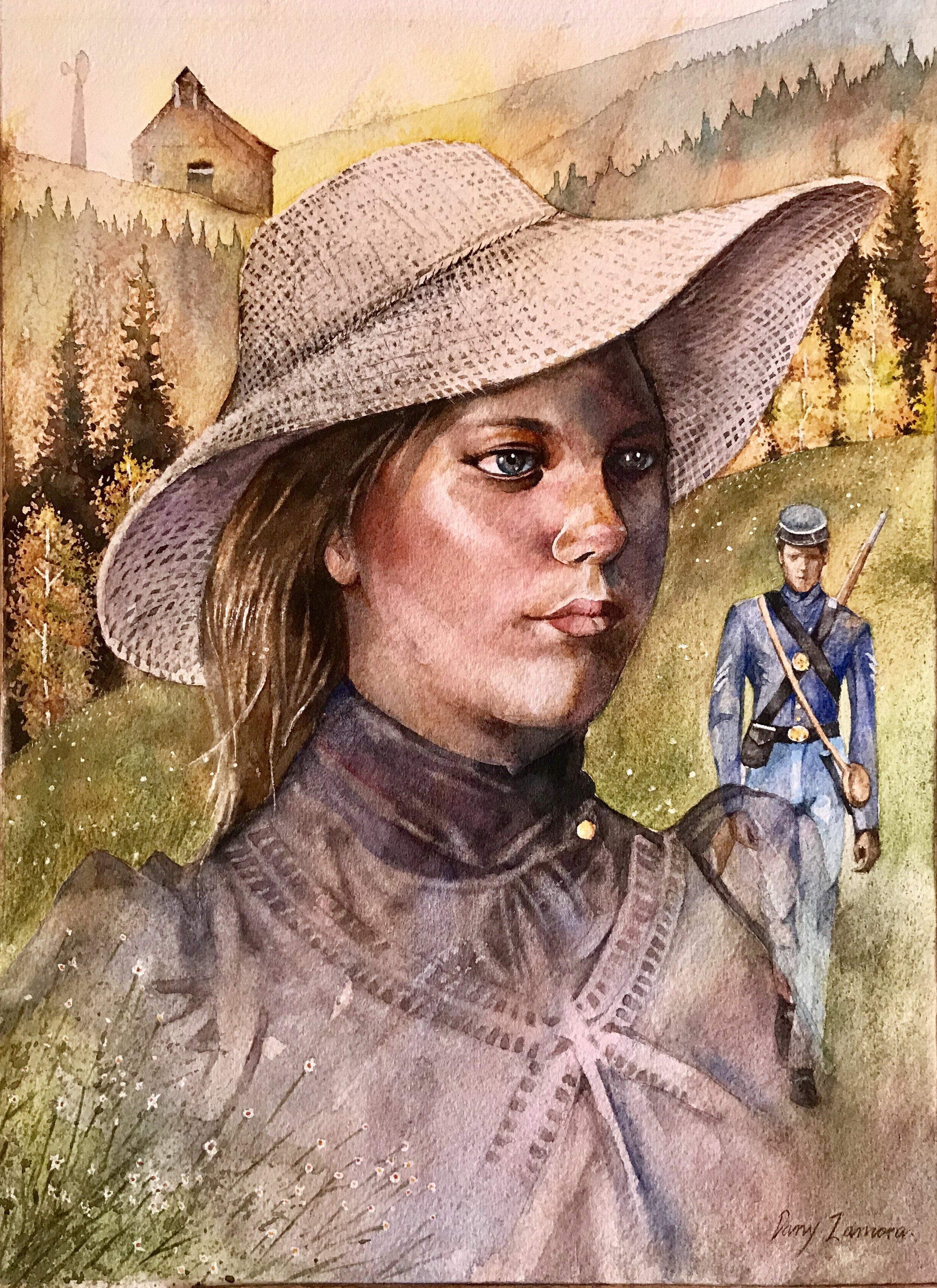A little over a year ago I wrote a guest blog for AppalachianHistory.net on ghost towns. I got to thinking about this subject again this week; I’ll try not to repeat that previous post since you can click over and read it on that site. However, I’m very fascinated by the changing communities and wanted to mention it here.
If you’ve spent much time tramping around our woods, you will have happened upon groups of foundation rocks that tell you there was once several homes in an area. Or, maybe your family stories include tales from Key Town or Hood Town but Google Maps gives you no indication where they may be located. These are the ghost towns I’m referring to.
We think of ghost towns out West where you can drive through and visit clusters of empty buildings abandoned when the gold or silver mine played out. If you drive through our familiar mining town of Wilder you won’t see many old buildings. I guess that’s thanks to our much more humid climate that quickly weakens abandoned buildings. I understand that in the arid west you can leave houses or wooden wagons and such sitting outside for years without much noticeable deterioration.
I’ve mentioned that I’m preparing to speak to a fund raiser for the Monterey Depot Museum and it is that railroad research that brought Isoline to mind. In reading a timeline of the Tennessee Central Railroad, I learned that in 1901 the TC purchased the Cumberland Plateau Railroad which ran from Campbell Junction to Isoline. Now I knew that Isoline had been a busy spot in the early years of the twentieth century. A big logging operation and a coal mine drew people to the area.
There was a post office in Isoline from 1901 until 1935. Yet today, driving north out of Crossville on Highway 127, only the Isoline Baptist Church will tell you when you’ve entered the community. As the state exercises its power of eminent domain and moves out houses in preparation for the widened highway, I wonder if even that little church will survive to remind us of this once thriving community.
An internet search for Isoline returns almost nothing. There was one entry from roadsidethoughts.com that actually asked for input. I sent them what I know which you can see is precious little.
If the TC bought the spur line in 1901, I wonder where that line was going prior to the the Monterey – Crossville – Emery Gap line that the TC built.
Campbell Junction is a new community name for me, but I did find it on Google Maps in the Mayland area. I know that whole area was big log country but I’m not sure what would join up just there to create the junction. Yet this community still has had their own post office since 1858.
There are lots of factors that change where people live, work and do business. Roads are a big factor as we’ve seen since the interstate highways were built almost sixty years ago. It’s both charming and heartbreaking to drive down the state highways and see the old motels and stores which used to cater to travelers that are now routed far from the small towns. Monterey is another great example; the railroad brought great industry to the town but without it, the commercial center of the county has shifted down the mountain to Cookeville. I suppose there's a good possibility that both Isoline and Campbell Junction are similar victims. When their logs and coal played out there was little to keep the population centered there. We’ve certainly seen the same thing happen in the “rust belt” where population surged for automotive jobs and as those jobs moved overseas the people and their money also left.
There is certainly history in these two communities and I long to know it. As so often seems to happen, I’m left with more questions than answers on this subject. I love to write about these mysteries because I’m always hoping one of you readers will have information that you’re willing to share. If you know more about Isoline, please be sure to click comments below and tell me what you know.



















